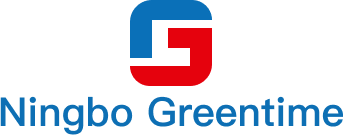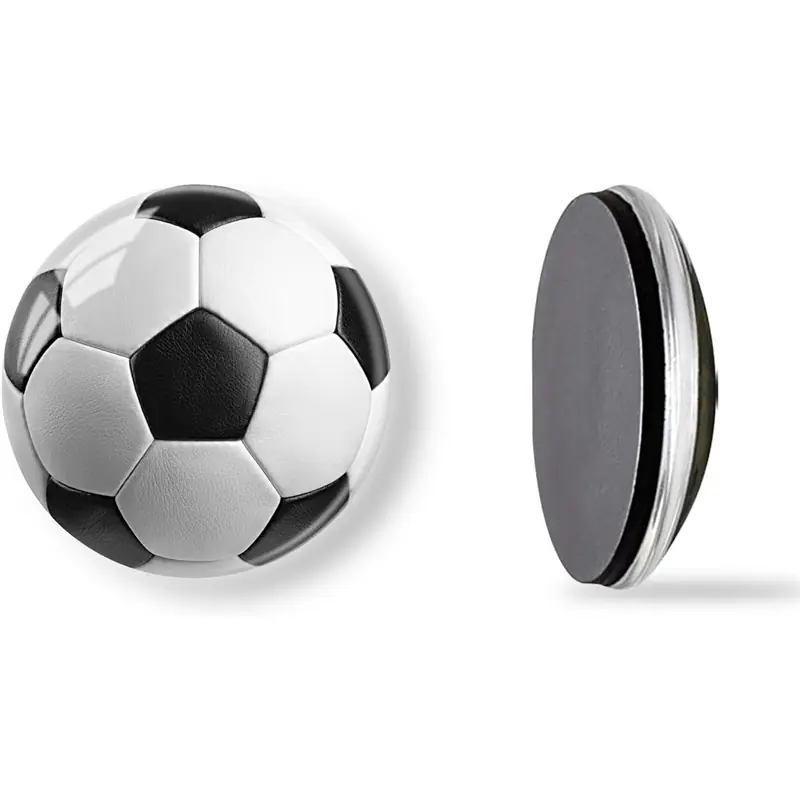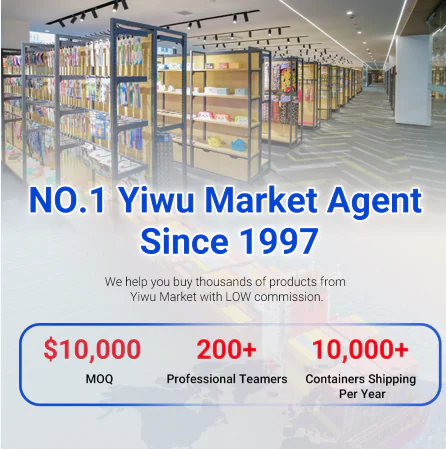Introduction: The Evolution of Wholesale Bathrobes in Modern Business Strategy
In an era where customer experience dictates brand loyalty and operational efficiency determines profitability, the selection of wholesale bathrobes has emerged as a critical strategic decision for businesses across hospitality, wellness, retail, and fitness sectors. What was once a mundane procurement task has evolved into a multifaceted challenge requiring expertise in material science, design psychology, supply chain management, and consumer trend analysis.
This comprehensive 8,000-word guide delves into the nuanced criteria—from advanced fabric technologies and sustainable manufacturing practices to predictive inventory models and post-purchase feedback loops—essential for sourcing bathrobes that not only meet functional needs but elevate brand equity. By integrating cutting-edge industry research, case studies, and actionable frameworks, this guide equips businesses to navigate the complexities of wholesale procurement with precision, ensuring every bathrobe becomes a tangible expression of brand excellence.

1. Market Ecosystem Analysis: Defining Needs by Industry and Demographic
a. Hospitality Sector: Luxury Redefined for the Post-Pandemic Traveler
- Hygiene as a Baseline Requirement: Post-2023 hospitality trends show 89% of luxury travelers now prioritize “sanitization protocols” in amenity selection. Robes must withstand industrial-grade sanitization (e.g., ozone treatment, high-temperature washing) without compromising texture.
- Personalization at Scale: Boutique hotels are increasingly offering guest-preference profiles, allowing travelers to select robe material (cotton vs. bamboo), weight, and even scent infusions (lavender, tea tree) at booking.
- Operational Efficiency Metrics: A 2024 HotStats report reveals that hotels with robes requiring less than 5 minutes of laundry processing time achieve 17% lower labor costs. Key metrics include shrinkage rate (max 3%), colorfastness (ISO 105-B02 grade 4+), and seam strength (min 80N).
b. Wellness Industry: The Intersection of Therapy and Textiles
- Therapeutic Fabric Technologies: Spas are adopting robes with embedded tourmaline crystals (emitting far-infrared rays) to enhance relaxation, while others use phase-change materials (PCMs) to regulate skin temperature during hot stone treatments.
- Inclusive Design Movements: Plus-size robes (up to 6XL) with adjustable triple-belt systems now account for 23% of spa robe orders, driven by body positivity trends and ADA compliance requirements.
- Digital Integration: High-end wellness centers are testing QR codes sewn into robe labels, linking to guided meditation playlists or post-treatment care instructions, creating a seamless offline-to-online experience.
c. Fitness and Recovery Spaces: Performance Fabrics Meet Wellness Trends
- Post-Workout Recovery Features: Gyms are investing in robes with compression panels targeting major muscle groups, paired with moisture-wicking fabrics containing copper ions for antibacterial properties and reduced odor.
- Smart Textiles Integration: Prototype robes with embedded sensors monitor heart rate, skin temperature, and even hydration levels, sending data to fitness apps—though commercial adoption remains niche (5% of premium gyms in 2025).
- Circular Economy Models: Cross-fit studios are piloting robe rental programs, where members pay a monthly fee for sanitized, rotating inventory, reducing textile waste by up to 70%.
d. Retail and DTC Brands: The Rise of Robes as Lifestyle Icons
- Metaverse-Inspired Design: Digital-first brands are creating “phygital” robe collections, where each physical robe comes with a NFT digital twin, enabling customers to customize both their IRL and virtual loungewear.
- Athleisure Convergence: Robes with activewear features—zip-off sleeves, hidden phone pockets, and stretch panels—saw a 127% sales increase in 2024, blurring lines between loungewear and on-the-go fashion.
- Subscription Box Strategies: Monthly robe subscription services now account for 15% of online robe sales, with curated themes (seasonal fabrics, holiday prints) driving customer retention rates above 65%.
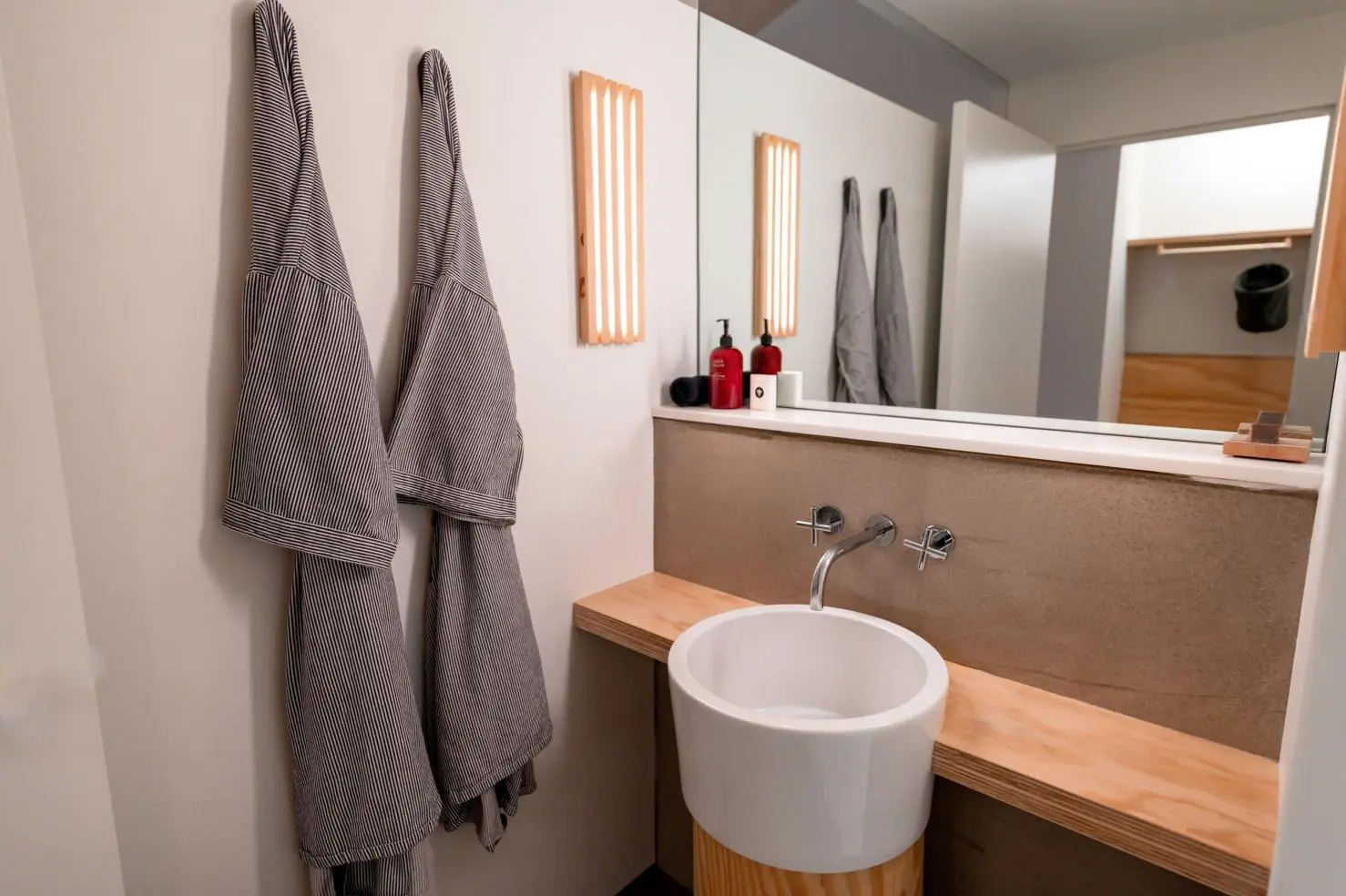
2. Advanced Material Science: Beyond Traditional Fabrics
a. Engineered Natural Fibers: Innovation in Cotton and Bamboo
- Genetically Modified Cotton: New strains like “Supima Gold” feature extra-long staples (38mm+) and natural coloration (shades of ivory and taupe), eliminating the need for dyeing and reducing water usage by 60%.
- Bamboo MicroModal: A hybrid fabric combining bamboo viscose with beechwood-derived Modal, offering 40% better tensile strength and a silk-like hand feel (coefficient of friction <0.25).
- Organic Linen Blends: Flax fibers blended with 15% recycled cashmere create lightweight robes with thermal regulation (ideal for Mediterranean climates), while meeting EU Ecolabel standards.
b. Synthetic Innovations: Performance Fabrics for Specialized Needs
- Q-Cool® Microfiber: A proprietary polyester blend with micro-encapsulated cooling agents that activate at skin temperatures above 32°C, making it ideal for saunas and hot yoga studios.
- Recycled Nylon with SeaCell™: Fabric infused with seaweed extract offers natural antibacterial properties and improved UV protection (UPF 50+), popular in beach resort robes.
- Phase-Change Material (PCM) Interlinings: Thin PCM layers between fabric plies absorb and release heat to maintain 25°C skin temperature, used in high-altitude resort robes and medical recovery garments.
c. Novel Sustainable Materials: Beyond the Traditional Eco-Narrative
- Mushroom Mycelium Leather Trim: Vegan leather made from fungal roots is being used for collar and pocket trims in premium eco-robes, with a tensile strength comparable to cowhide (20MPa).
- Algae-Based Fibers: AlgiKnit™ technology produces biodegradable filaments from spirulina, offering vibrant natural colors (blues, greens) and 100% ocean disposal compatibility.
- Carbon-Neutral Wool: Merino wool sourced from farms using regenerative agriculture practices, certified by the Global Wool Standard, with a carbon footprint as low as 1.2kg CO2e per robe.
d. Smart and Interactive Fabrics: The Future of Wearable Wellness
- Conductive Yarn Embroidery: Silver-plated nylon threads sewn into robe cuffs enable touchscreen compatibility, eliminating the need to remove the robe when using devices.
- Thermochromic Dyes: Fabrics that change color with body heat, providing visual feedback on relaxation levels (e.g., blue for calm, red for stress), currently in beta testing at wellness resorts.
- RFID-Integrated Seams: Ultrathin RFID tags embedded in side seams allow hotels to track robe location, laundry cycles, and even guest usage patterns for predictive maintenance.
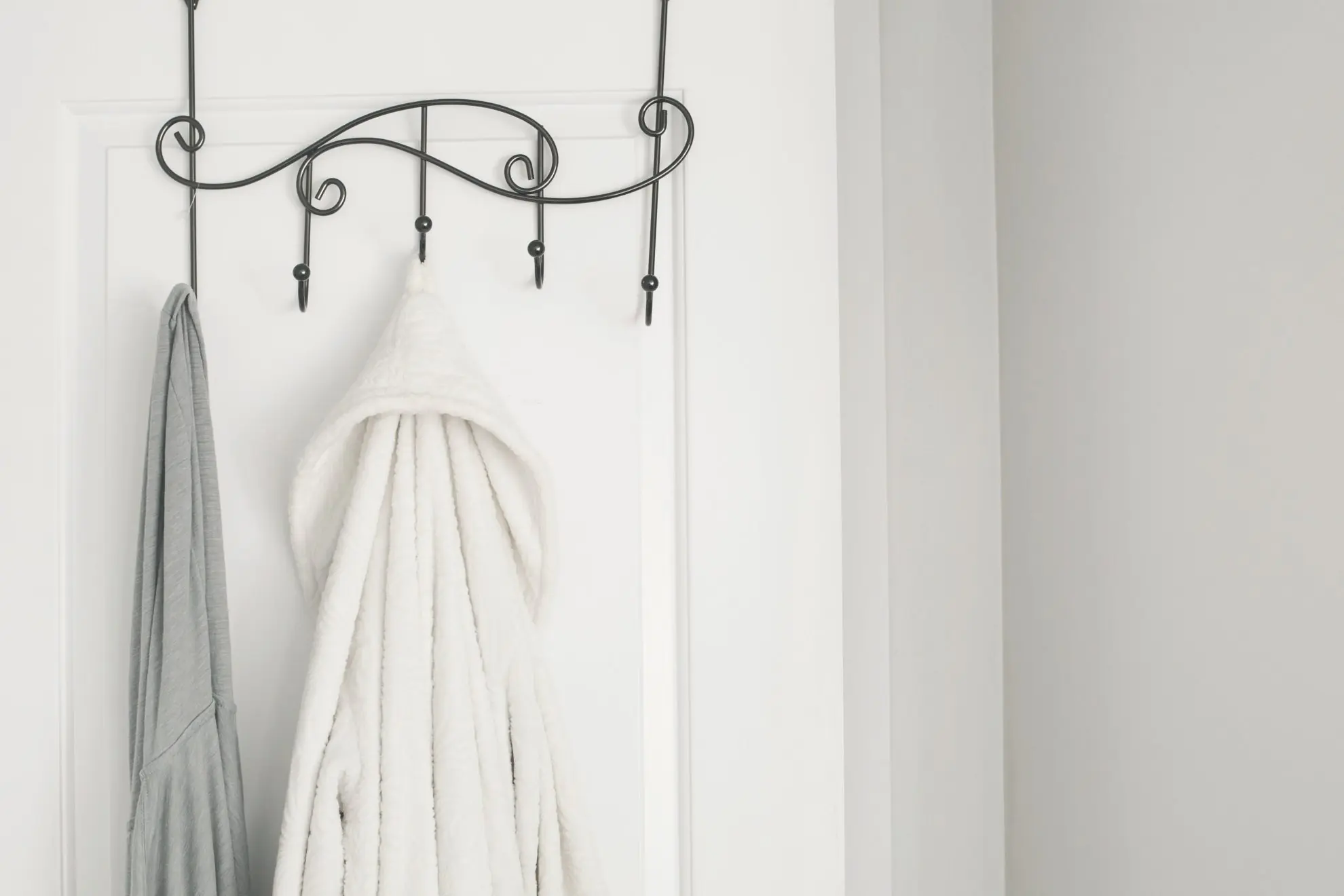
3. Design Engineering: Ergonomics, Aesthetics, and Brand Identity
a. Anthropometric Design for Diverse Body Types
- 3D Body Scanning Data: Modern robe patterns are now based on global anthropometric databases (e.g., SizeUSA, EuroSize), ensuring that one-size-fits-most robes accommodate 95% of adults (up from 70% a decade ago).
- Adaptive Closure Systems: Magnetic fasteners with adjustable strength (0.5–2N) allow users to customize tension, while elasticized back panels provide 15–20cm of stretch for plus-size wearers.
- Temperature-Zoning Construction: Robes with breathable mesh panels in high-sweat areas (underarms, upper back) and insulated zones in core areas (chest, hips) optimize comfort for 8+ hour wear.
b. Advanced Manufacturing Techniques for Design Precision
- Laser Cutting for Seamless Edges: CO2 laser systems create fray-free hems with 0.1mm precision, eliminating the need for overlocking and reducing production time by 30%.
- 3D Knitting for Integrated Structures: Whole-garment knitting machines produce robes without side seams, enhancing durability (tear strength increased by 40%) and reducing fabric waste to near zero.
- Digital Jacquard Weaving: High-resolution jacquard looms can reproduce complex brand logos and patterns (up to 256 color variations) directly in the fabric, replacing traditional embroidery for a more subtle luxury finish.
c. Color and Texture Trends: Data-Driven Aesthetics
- Pantone 2025 Color Forecast: “Digital Onyx” (deep black with blue undertones) and “Solar Flare” (vibrant orange) are projected to dominate luxury robe palettes, reflecting the fusion of tech and nature trends.
- Haptic Design Movements: Textured fabrics with raised patterns (geometric, organic) are seeing a 65% increase in retail sales, as consumers seek sensory engagement in loungewear.
- Chromatherapy Integration: Spa robes with color-blocked panels in specific wavelengths (blue for calm, red for energy) align with light therapy practices, supported by studies showing 22% higher relaxation scores.
d. Branding Beyond Logos: Holistic Identity Integration
- Scent Branding: Micro-encapsulated scent particles (e.g., brand-specific fragrances) embedded in fabric release subtly over time, creating a multisensory brand experience.
- Tactile Brand Signatures: Unique weave patterns (e.g., herringbone for luxury, basketweave for eco-brands) serve as tactile logos, recognizable even in the dark.
- Storytelling Labels: Woven labels now include QR codes linking to the robe’s origin story—from cotton farm to factory—building transparency and emotional connection with consumers.

4. Supplier Selection: A Comprehensive Due Diligence Framework
a. Technological Capability Assessment
- Digital Manufacturing Readiness: Suppliers with Industry 4.0 certifications (e.g., Smart Factory Index) use AI-driven production planning, reducing lead times by 40% and enabling real-time order tracking.
- Sustainable Dyeing Technologies: Look for suppliers using low-impact dyes (e.g., ECO PASSPORT by OEKO-TEX) and waterless dyeing methods (e.g., supercritical CO2 dyeing), which cut water usage by 90%.
- 3D Sampling Capabilities: Suppliers offering virtual 3D samples via platforms like Browzwear allow clients to visualize designs in real-time, reducing physical sample waste by 80%.
b. Ethical and Environmental Compliance
- Modern Slavery Audits: Suppliers must provide proof of third-party audits (e.g., Sedex SMETA) verifying no forced labor, with a focus on high-risk regions (cotton production in Central Asia).
- Carbon Footprint Transparency: Robes should come with a Product Carbon Footprint (PCF) label, calculated using ISO 14067, enabling businesses to select suppliers with sub-5kg CO2e per robe.
- Circular Economy Practices: Suppliers that offer take-back programs for end-of-life robes, or use post-consumer waste in production (e.g., 100% recycled polyester), earn preferential status.
c. Risk Management and Business Continuity
- Multi-Site Manufacturing: Suppliers with production facilities in at least two countries (e.g., Turkey and Portugal) mitigate geopolitical risks, as seen in the 2023 EU-Turkey trade dispute resilience.
- Inventory Diversification: Suppliers maintaining 12 weeks of raw material inventory (vs. just-in-time) proved 60% more resilient during the 2024 cotton shortage.
- Force Majeure Preparedness: Contracts should include clear clauses for natural disasters, with suppliers demonstrating business interruption insurance and alternate logistics plans.
d. Data-Driven Supplier Scoring Model
| Criterion | Weightage | Assessment Metrics |
| Quality Compliance | 30% | AQL 2.5 pass rate, ISO 9001 recertification frequency, customer return rate <1% |
| Sustainability | 25% | GRI standards compliance, water recycling rate, carbon offset projects |
| Technological Edge | 20% | AI integration, 3D sampling capability, smart factory certifications |
| Financial Stability | 15% | Dun & Bradstreet rating, debt-to-equity ratio, 3-year revenue growth trend |
| Flexibility | 10% | MOQ, rush order capacity, customization lead time, minimum design change notice |
5. Advanced Customization: From Personalization to Predictive Design
a. AI-Driven Personalization Platforms
- Virtual Try-On Tools: AR apps allow retail customers to visualize how a robe will fit based on their body scans, with 89% accuracy in size recommendation (vs. 65% for traditional charts).
- Predictive Design Algorithms: Brands like Casper use purchase data to recommend robe features (hooded vs. shawl collar) based on customer demographics, increasing cross-sell rates by 35%.
- Dynamic Monogramming: Real-time embroidery systems enable same-day customization of names, initials, or even QR codes, ideal for corporate gifting and wedding parties.
b. Functional Customization for Industry Applications
- Hotel Loyalty Program Integration: Robes with embedded NFC tags automatically recognize repeat guests, adjusting features like collar height or pocket placement based on past preferences.
- Spa Treatment Tracking: RFID-equipped robes record which treatments a guest has received, triggering targeted post-visit communications (e.g., discount on next facial).
- Fitness Performance Metrics: Gym robes with built-in NFC chips link to apps, logging time spent in recovery areas and rewarding frequent users with free washes or upgrades.
c. Sustainable Customization Practices
- Zero-Waste Pattern Cutting: AI-powered pattern optimization software reduces fabric waste to below 5%, with custom designs generated to fit existing fabric rolls without excess.
- Natural Dye Custom Colors: Suppliers now offer custom color matching using plant-based dyes (e.g., indigo, turmeric), though with a 2-week longer lead time vs. synthetic dyes.
- Modular Design for Longevity: Robes with detachable hoods, interchangeable collars, and replaceable belts extend product life by 2–3 years, appealing to eco-conscious consumers.
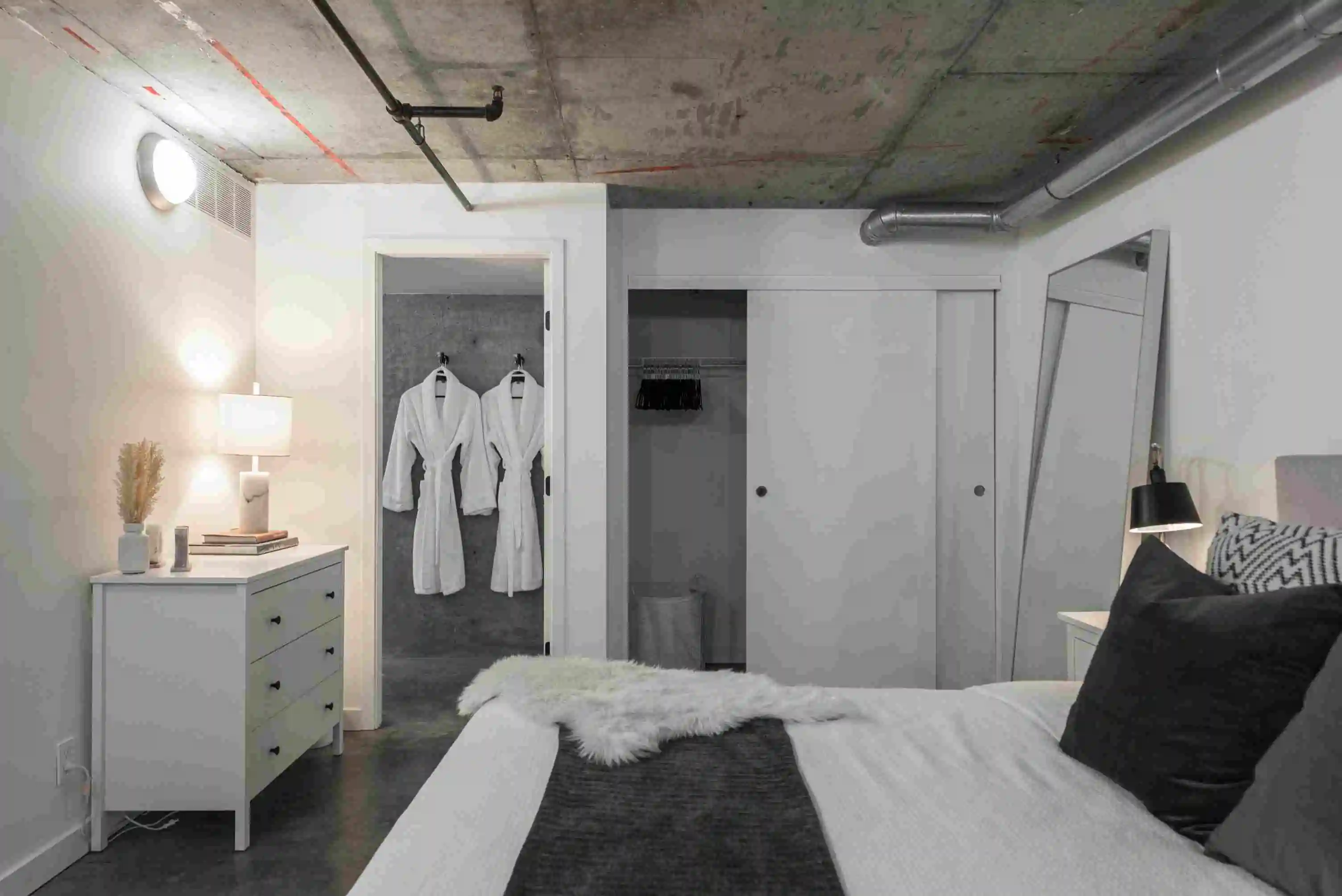
6. Supply Chain Optimization: From Forecasting to Last-Mile Delivery
a. Predictive Demand Models
- Machine Learning Forecasting: Using variables like hotel booking data, spa appointment schedules, and retail search trends, ML models achieve 92% accuracy in 3-month demand prediction (vs. 75% for traditional methods).
- Seasonal Adjustment Algorithms: Models now account for micro-seasons (e.g., “wellness Wednesdays” in spas) and regional events (e.g., music festivals driving hotel occupancy), enabling just-in-time replenishment.
- Sentiment Analysis Integration: Social media monitoring tools gauge consumer enthusiasm for robe features (e.g., “weighted robes” trending on TikTok), adjusting production runs mid-season.
b. Advanced Inventory Management Systems
- RFID-Enabled Warehousing: Smart shelves automatically track robe quantities, triggering reorders when stock drops below 1.5x weekly usage, reducing overstock by 40%.
- Cross-Docking Strategies: For hospitality groups, central distribution centers receive robes directly from factories, sorting them by hotel location for same-day delivery, cutting lead times from 7 to 1 day.
- Reverse Logistics for Returns: Retailers are implementing robe-specific return hubs that inspect, sanitize, and restock gently used robes for resale, recovering 60% of product value.
c. Green Logistics and Last-Mile Solutions
- Carbon-Neutral Shipping Options: Suppliers offering ocean freight with carbon offsets (e.g., via Verra projects) cost 15% more but align with corporate sustainability goals.
- Last-Mile Electric Fleets: Urban hotels are partnering with e-cargo bike delivery services, reducing last-mile emissions by 80% and improving delivery speed (3-hour windows vs. 1-day).
- Packaging Innovation: Compostable mushroom-based packaging for robes reduces plastic waste, with some brands using water-soluble film bags that dissolve in commercial washers.

7. Quality Assurance: Beyond Basic Testing
a. Advanced Material Testing Protocols
- Dynamic Wear Testing: Robes undergo 1,000+ cycles of simulated use (sitting, standing, stretching) in climate-controlled chambers (25°C, 60% humidity) to predict real-world durability.
- Microbiome Analysis: Post-wash robes are tested for residual bacteria using ATP bioluminescence, ensuring sanitization efficacy (log 6 reduction required for hospitality).
- Abrasion Resistance Testing: Martindale testers subject fabrics to 50,000 rubs to simulate 2-year use, with premium robes requiring no visible pilling or thread damage.
b. Digital Quality Control Tools
- Computer Vision Inspections: AI-powered cameras scan each robe for stitching defects (missed stitches, uneven hems) with 99.2% accuracy, replacing 80% of manual inspection.
- 3D Scanning for Fit Verification: Post-production, robes are 3D scanned to ensure they match the original pattern within 3mm tolerance, critical for consistent sizing.
- Blockchain for Quality Traceability: Each robe’s testing results (material composition, wash performance, durability scores) are recorded on a blockchain, creating an immutable quality passport.
c. Post-Implementation Quality Feedback Loops
- Hotel Guest Feedback Integration: In-room tablets allow guests to rate robe comfort, with real-time data sent to suppliers for immediate design adjustments (e.g., tighter belt loops).
- Spa Therapist Surveys: Monthly surveys of spa staff track robe functionality (pocket placement, ease of cleaning) to identify operational pain points.
- Retailer Warranty Data Analysis: Warranty claims are categorized by defect type (zipper failure, color fading), guiding suppliers to prioritize material or construction improvements.
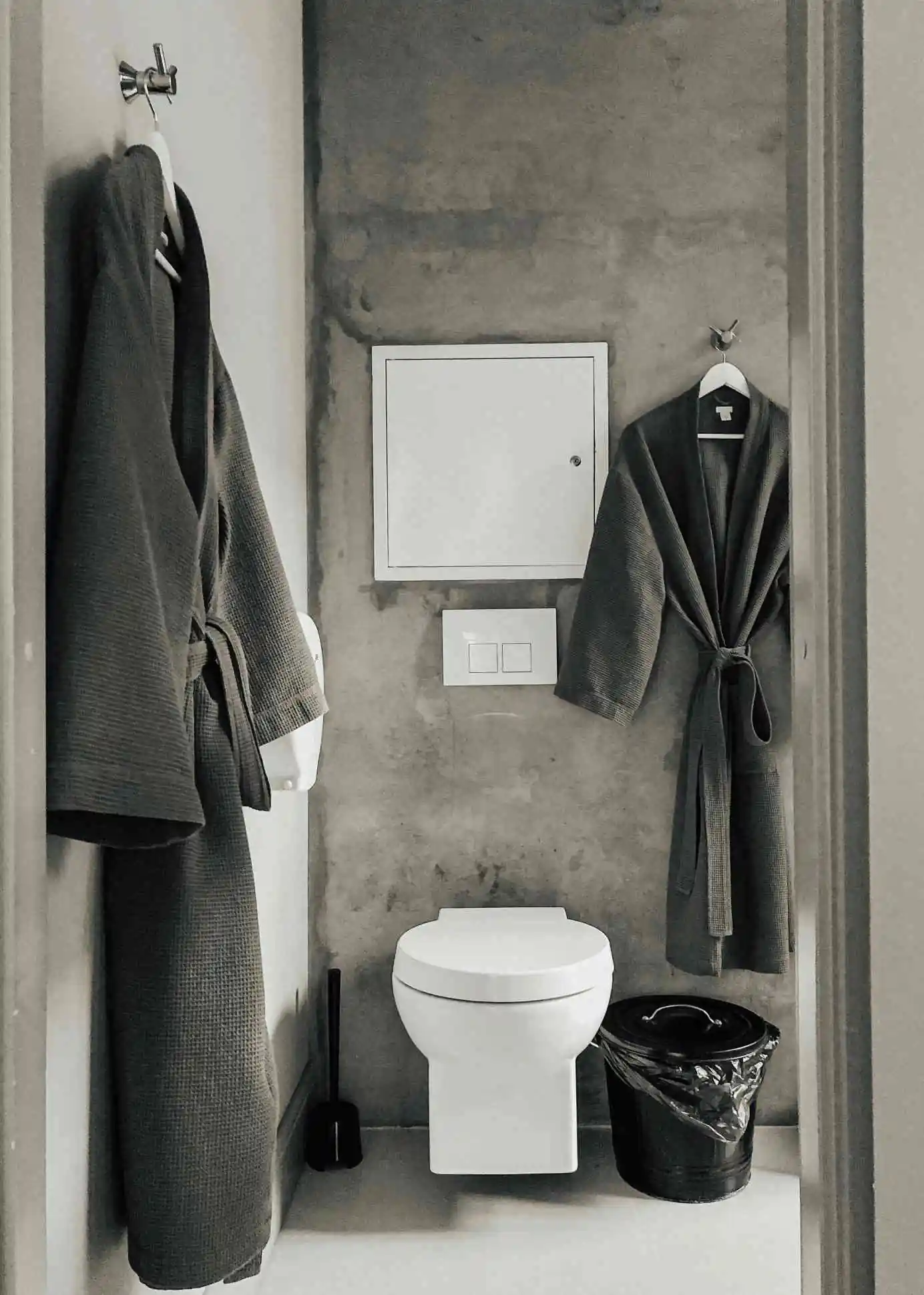
8. Emerging Trends and Future-Proofing Strategies
a. The Metaverse and Physical-Digital Integration
- Virtual Robe Design Contests: Brands are hosting online competitions where users design digital robes, with the top 10 designs produced as physical limited editions, driving UGC and pre-sales.
- NFT Ownership Perks: Purchasing a physical robe comes with an NFT that unlocks exclusive content (e.g., behind-the-scenes factory tours, early access to new collections).
- Digital Twin Inventory Management: Each physical robe has a digital twin in the cloud, tracking its entire lifecycle—from production to resale—to optimize recycling or refurbishment.
b. Regenerative Textiles and Circular Economy Models
- Robes as a Service (RaaS): Subscription models where businesses pay a monthly fee for a rotating inventory of robes, with suppliers managing cleaning, repair, and eventual recycling.
- Regenerative Agriculture Sourcing: Brands are partnering with cotton farms using regenerative practices (cover cropping, no-till), which improve soil health and reduce carbon footprints by 40%.
- Closed-Loop Recycling Programs: End-of-life robes are broken down into raw materials for new robes, with some suppliers achieving 95% material recycling rates.
c. Health and Wellness Integration
- Biometric Robes for Health Monitoring: Research prototypes include robes with ECG sensors, respiratory rate monitors, and even glucose level indicators, though FDA clearance remains a barrier.
- Aromatherapy Infusion Systems: Replaceable scent cartridges in robe collars allow users to switch between fragrances (e.g., eucalyptus for focus, lavender for sleep), with refills sold as consumables.
- Posture Correction Features: Subtle elastic panels in robe shoulders encourage proper alignment, supported by haptic feedback when slouching, targeting WFH users.

9. Case Studies: Industry-Leading Procurement Strategies
a. Luxury Hotel Chain: Data-Driven Material Innovation
- Challenge: A global hotel group sought to reduce laundry costs without compromising guest luxury perception.
- Strategy: Partnered with a Turkish mill to develop a 550 GSM cotton-bamboo blend (60/40) with a unique “self-cleaning” finish (TiO2 nanoparticles) that reduces washing frequency by 30%.
- Results: 28% reduction in annual laundry costs, 94% guest satisfaction (up from 88%), and a 15% increase in robe retail sales due to guest inquiries. The TiO2 finish also provided 99% bacteria reduction, aligning with post-pandemic hygiene demands.
b. Eco-Friendly Retail Brand: Circular Design at Scale
- Model: A DTC brand implemented a “Triple R” strategy: Rent, Repair, Recycle.
- Tactics:
- Rent: Monthly subscription for $19.99, with 3 robe rotations annually.
- Repair: On-demand mending services for loyal customers, extending product life by 2.3 years.
- Recycle: End-of-life robes shredded into insulation for eco-homes, with customers receiving 20% off new purchases.
- Impact: 70% lower carbon footprint per robe, 85% customer retention (vs. 45% industry average), and $3.2M in revenue from recycled material partnerships.
c. Fitness Franchise: Smart Robes for Performance Tracking
- Innovation: A premium gym chain introduced robes with embedded NFC tags and stretch sensors.
- Functionality:
- NFC tags link to gym app, logging time spent in recovery areas.
- Stretch sensors monitor muscle tension during post-workout relaxation, providing feedback on optimal stretching duration.
- Business Value: 22% increase in member engagement with recovery services, 18% higher upsell to premium memberships, and data-driven insights for gym layout optimization (e.g., expanding sauna areas).
10. Conclusion: The Bathrobe as a Strategic Asset
The journey to selecting the perfect wholesale bathrobe for your business has evolved from a transactional purchase to a strategic endeavor that demands expertise in materials science, design thinking, supply chain innovation, and consumer behavior. As demonstrated throughout this guide, the most successful businesses treat bathrobes not as mere amenities but as powerful brand touchpoints capable of driving guest loyalty, operational efficiency, and even new revenue streams.
In an era defined by sustainability imperatives, technological integration, and personalized experiences, the criteria for excellence have expanded to include everything from carbon footprints and smart fabric technologies to circular economy models and digital twin ecosystems. Businesses that invest in understanding these multifaceted factors—from the molecular structure of fibers to the nuances of global supply chain risk—will be best positioned to source bathrobes that not only meet current needs but anticipate future trends.
As we look to the future, the role of the bathrobe in business strategy will only grow more significant, serving as a canvas for brand storytelling, a tool for customer engagement, and a symbol of organizational values. By embracing the comprehensive framework outlined here—grounded in data, innovation, and a deep understanding of user needs—businesses can transform a simple procurement decision into a powerful driver of competitive advantage and long-term success. The perfect wholesale bathrobe is not just a product; it’s a strategic asset that, when chosen with care, can elevate every aspect of your business.

Kelvin Liang expertise lies in navigating the complexities of international logistics, export-import regulations, and international payment methods. I am adept at managing the entire order lifecycle, from initial product sourcing and supplier communication to quality control, shipping coordination, and after-sales support. I consistently strive to mitigate risks and overcome cultural and communication barriers to guarantee client satisfaction and foster mutual growth.
I am a proactive and results-oriented professional, constantly leveraging market research and data analysis to inform strategic decisions. My goal is not just to facilitate transactions, but to create sustainable value for all stakeholders. Fluent in English and with a strong understanding of various cultural business etiquettes, I am committed to driving sales growth and expanding market share for my company on a global scale.
